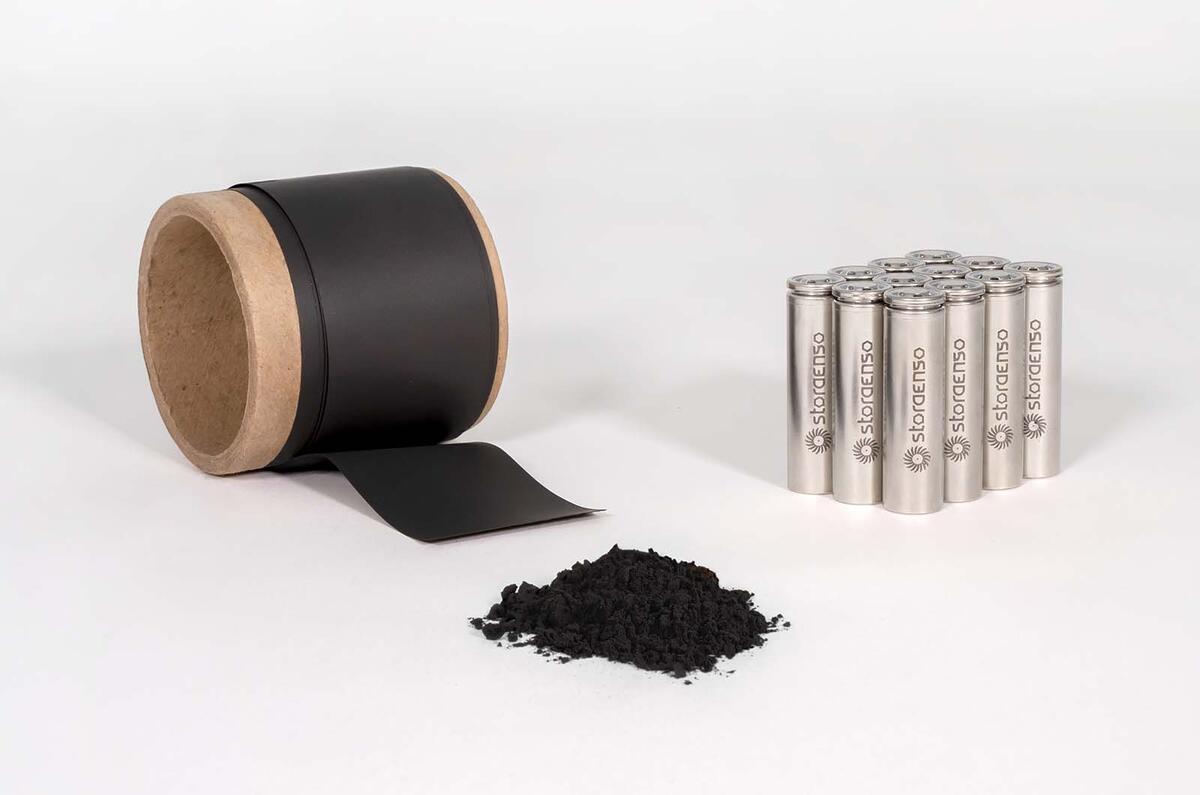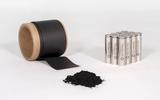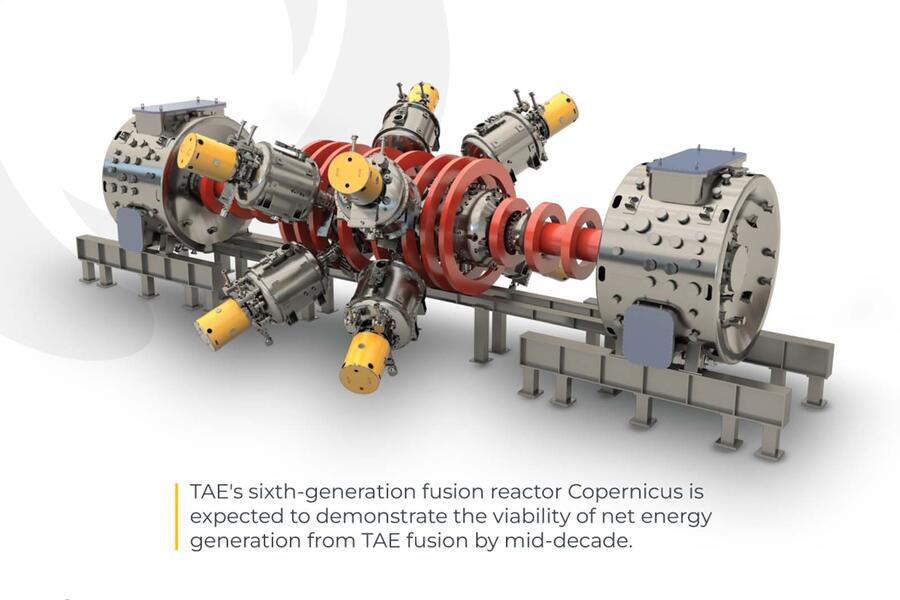Lignin is a sustainable material that exists between the cell walls of woody plants, and it’s a by-product of the paper industry.
This little-known material has been the subject of research for some time as a potential substitute for carbon-based products, including carbonfibre and battery anodes. On the sustainability front, it could turn out to be a game-changer.
Last year, we looked at lignin and the work being done by Finnish company Stora Enso and, separately, Imperial College London. The story has since moved on, with the news that Stora Enso has formed a partnership with European battery cells and systems supplier Northvolt.
Northvolt will use Stora Enso’s lignin-based hard carbon anode material, Lignode, to produce battery cells and ultimately a sustainable battery made from raw materials sourced from Nordic forests. When the battery goes into production, it will be the first to be made entirely from European raw materials on an industrial scale.
Back in 2015, Stora Enso established a pilot plant at its Sunila Mill at Kotka in Finland to produce lignin on an industrial scale. Today the plant is the largest of its type in the world and capable of extracting kraft lignin, which takes its name from the ‘kraft’ process for turning wood into wood pulp, at the rate of 50,000 tonnes per year.
Since trees are composed of between 20% and 30% lignin, it’s a plentiful material. Once extracted, the lignin can then be tailored for use in different applications, including battery anodes and composite fibres.
There are several other potential uses for lignin in the world of cars. Bio-fuel developer Renfuel is producing a bio-oil made from lignin called Lignol, which can be refined into bio-petrol and bio-diesel.
The use of bio-fuels is the most effective way to reduce the amount of CO2 produced by existing ICE-based vehicle fleets, which will be around for a long time yet. Renfuel claims the use of Lignol can reduce CO2 by 90% and can fully or partly replace fossil-based oil. It’s said to have the same energy density as fossil oil and also has better winter performance than alcohol fuels such as ethanol. A ‘drop-in’ fuel, it can also be produced at the same cost as conventional fuel.
Lignin is also being used to produce a sustainable polymer called Renol, which can be blended with existing thermoplastics. Elsewhere, Prima Renewable Composites is making a replacement for the acrylonitrile butadiene styrene plastic – better known as ABS – that’s commonly used in the manufacturing of car interiors. The replacement material is claimed to be superior to the original, with higher tensile strength and better resistance to UV light than conventional ABS resins.









Join the debate
Add your comment
Very clever.